The Pantanal is a tropical wetland and one of the world's largest wetland of any kind. 80% of it lies within the Brazilian state of Mato Grosso do Sul but extends into Mato Grosso as well as into portions of Bolivia and Paraguay, sprawling over an area estimated at between 140,000 square kilometres (54,000 sq mi) and 195,000 square kilometres (75,000 sq mi). Various sub-regional ecosystems exist, each with distinct hydrological, geological and ecological characteristics; up to twelve of them have been defined (RADAMBRASIL 1982). 80% of the Pantanal floodplains are submerged during the rainy seasons, nurturing an astonishing biologically diverse collection of aquatic plants and helping support a dense array of animal species. The name "Pantanal" comes from the Portuguese word pântano, meaning wetland, bog, swamp or marsh. By comparison, the Brazilian highlands are locally referred to as the planalto, plateau or, literally, high plain.
"The Pantanal is a huge gently-sloped basin that receives runoff from the upland areas (the Planalto highlands) and slowly releases the water through the Paraguay River and tributaries. The formation is a result of the large concave pre-Andean depression of the earth's crust, related to the Andean orogeny of the Tertiary. It constitutes an enormous internal river delta, in which several rivers flowing from the surrounding plateau merge, depositing their sediments and erosion residues, which have been filling, throughout the years, the large depression area of the Pantanal. This area is also one of the distinct physiographic provinces of the larger Parana-Paraguay Plain area.[citation needed]
"
Read more about this: http://en.wikipedia.org/wiki/Pantanal
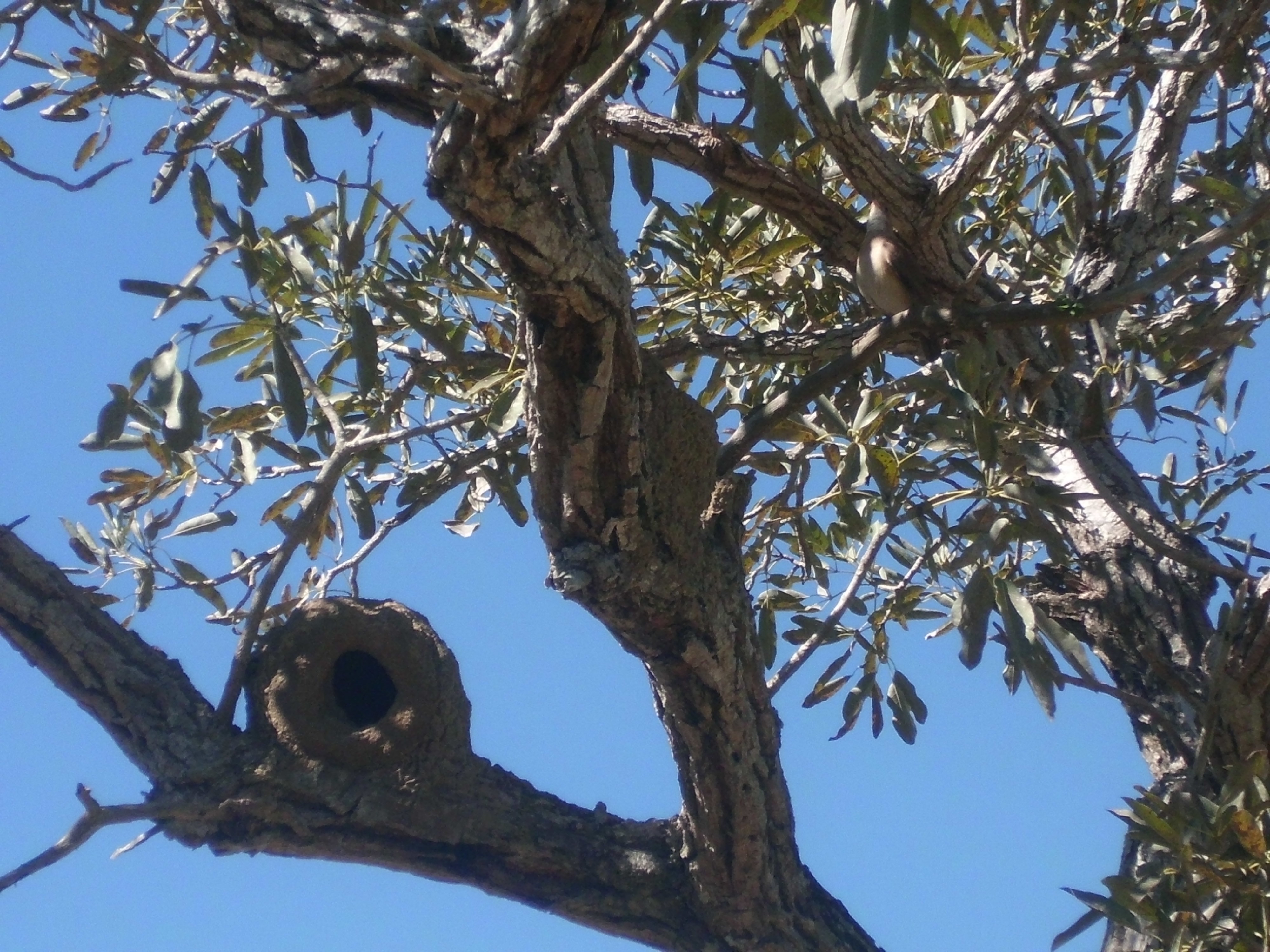 |
| Pantanal de Mato Grosso |
 |
| bridge in Pantanal, Brazil |
 |
| Myrmecophaga tridactyla; Giant Anteater in the Pantanal region, Brazil |
 |
| Young Capybara (Capivara in Portuguese) (Hydrochoerus hydrochaeris) Fazenda do Rio Negro, Pantanal, Brazil. Photographed on 8 August 1977 |
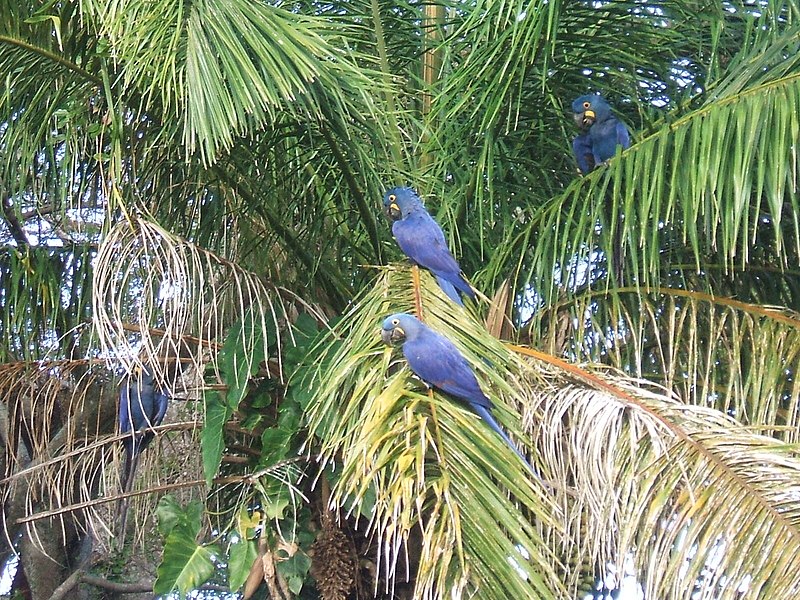 |
| Hyacinth Macaws Anodorhynchus hyacinthinus in the Pantanal of Brazil |
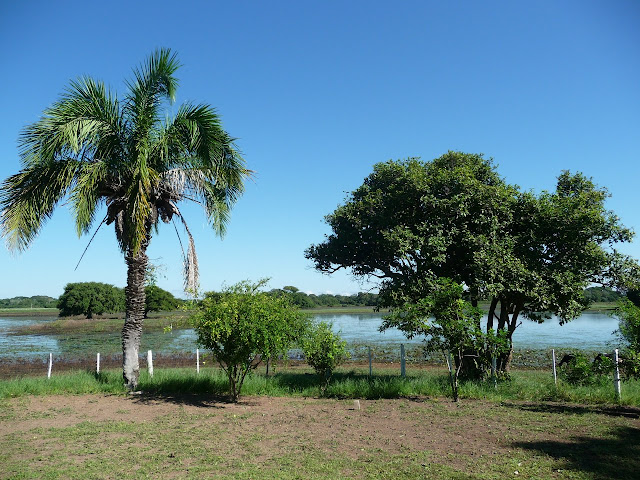 |
| Pantanal, Brazil |
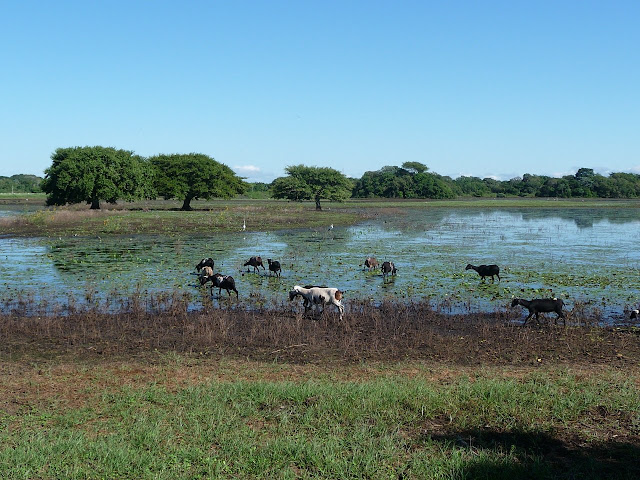 |
| Pantanal, Brazil |
 |
| Pantanal, Brazil |
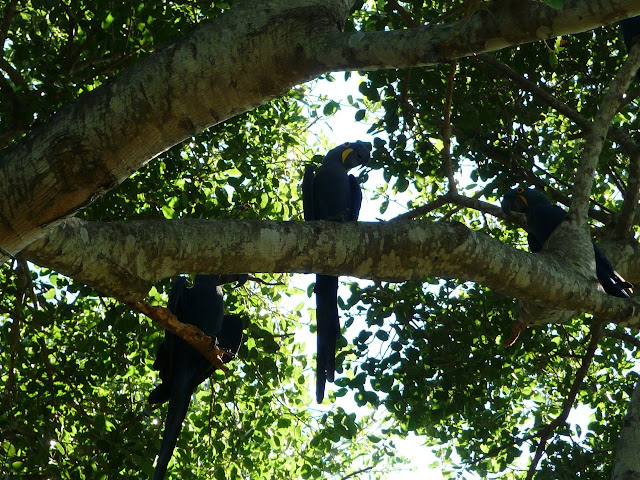 |
| Pantanal, Brazil |
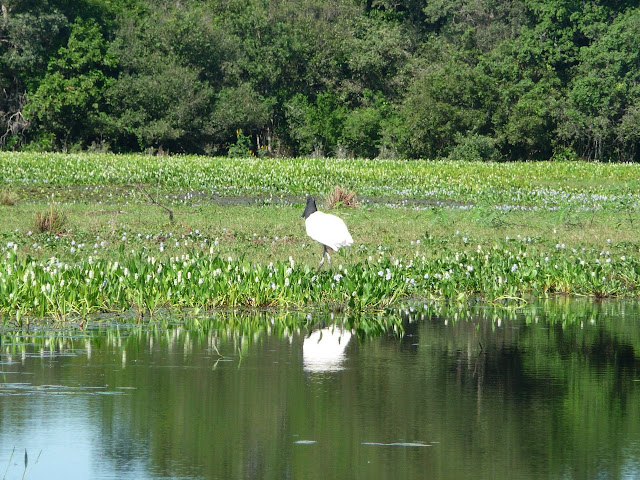 |
| Pantanal, Brazil |
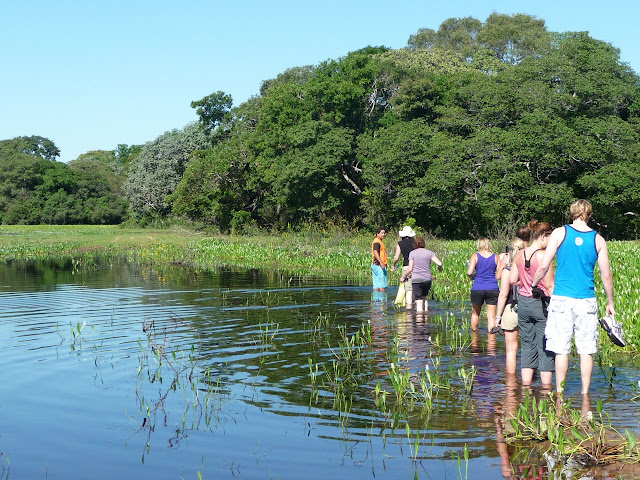 |
| Pantanal, Brazil |
 |
| Pantanal, Brazil |
 |
| Pantanal, Brazil |
 |
| Pantanal, Brazil |
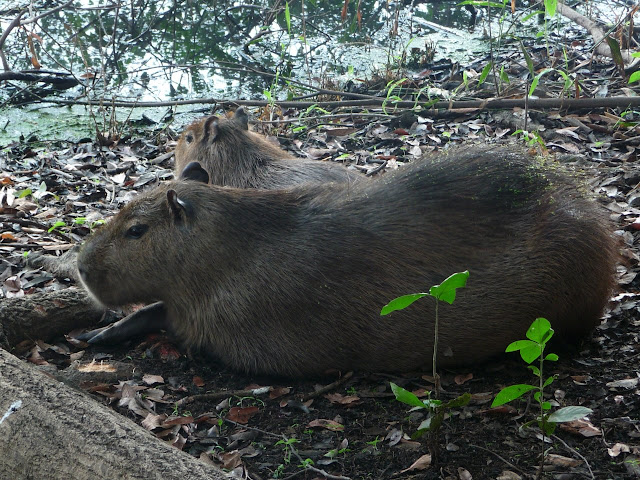 |
| Pantanal, Brazil |
 |
| Pantanal, Brazil |
 |
| Pantanal, Brazil |
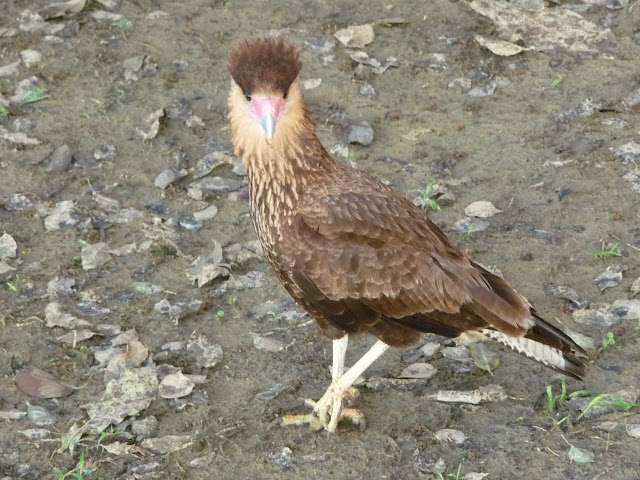 |
| Pantanal, Brazil |
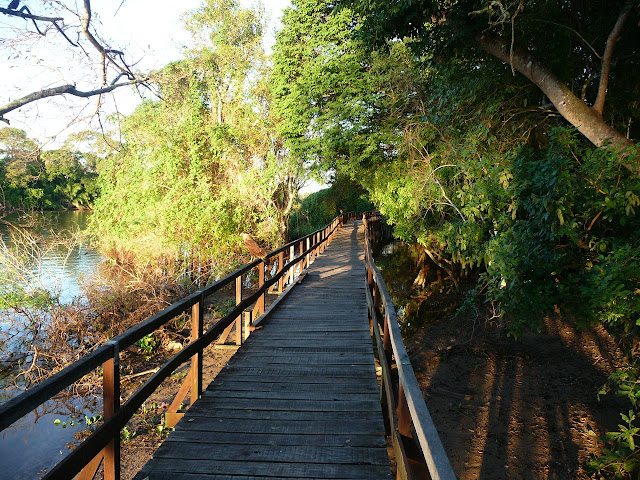 |
| Pantanal, Brazil |
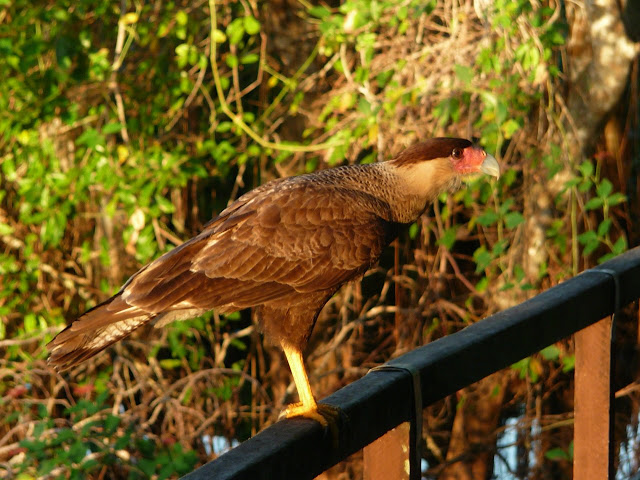 |
| Pantanal, Brazil |
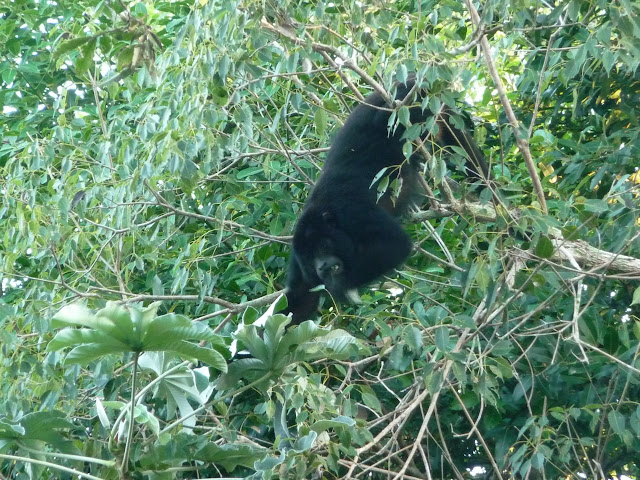 |
| Pantanal, Brazil |
 |
| Pantanal, Brazil |
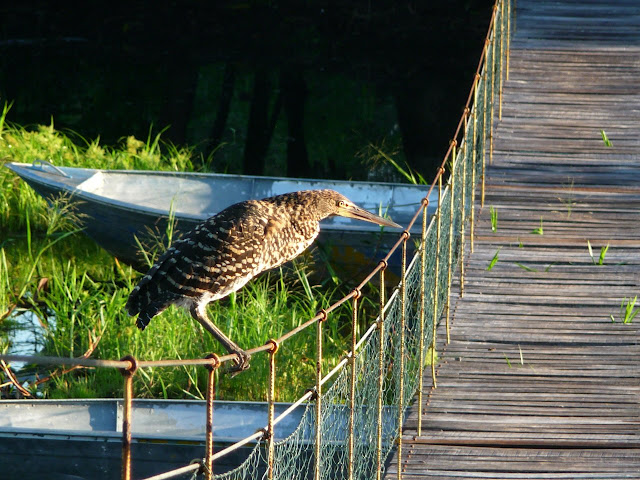 |
| Pantanal, Brazil |
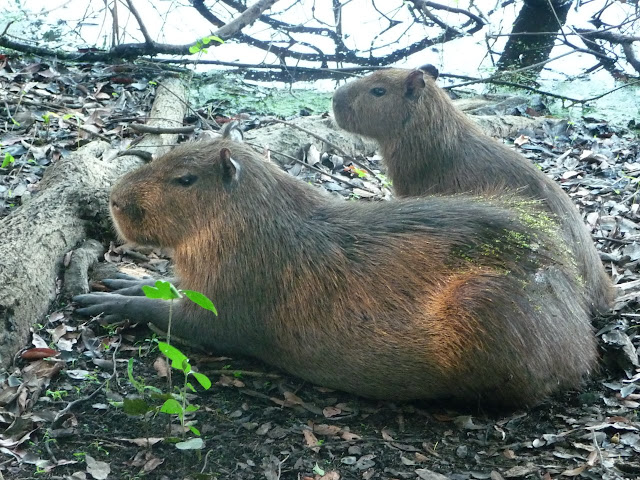 |
| Pantanal, Brazil |
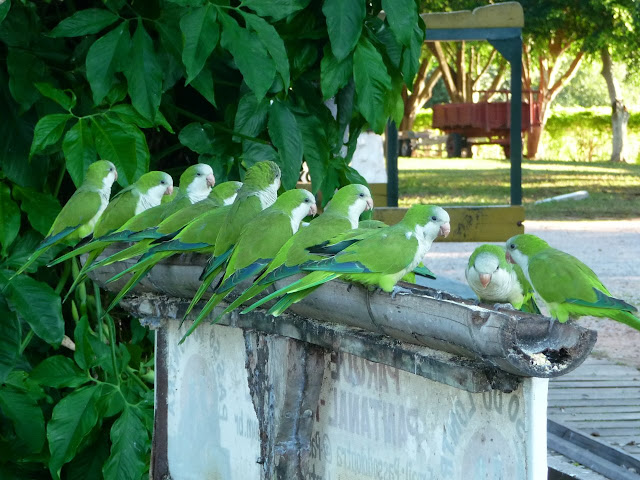 |
| Pantanal, Brazil |
 |
| Pantanal, Brazil |
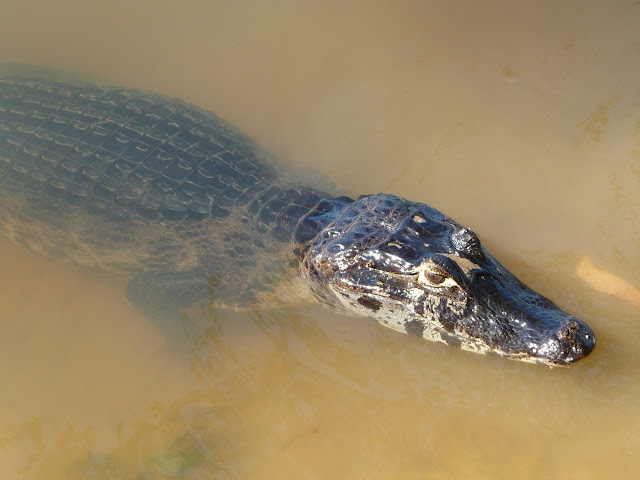 |
| Pantanal, Brazil |
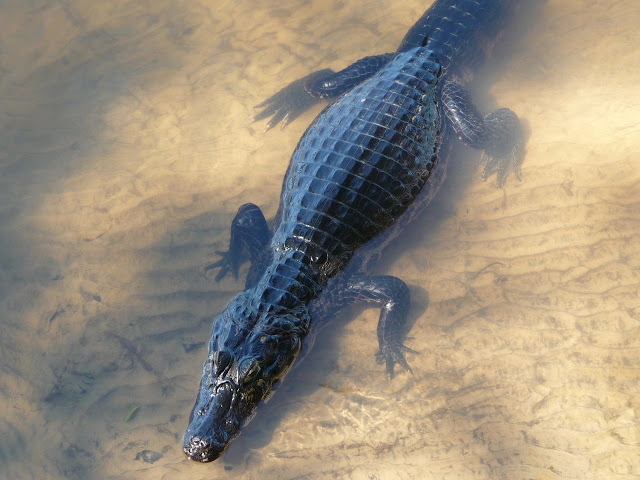 |
| Pantanal, Brazil |
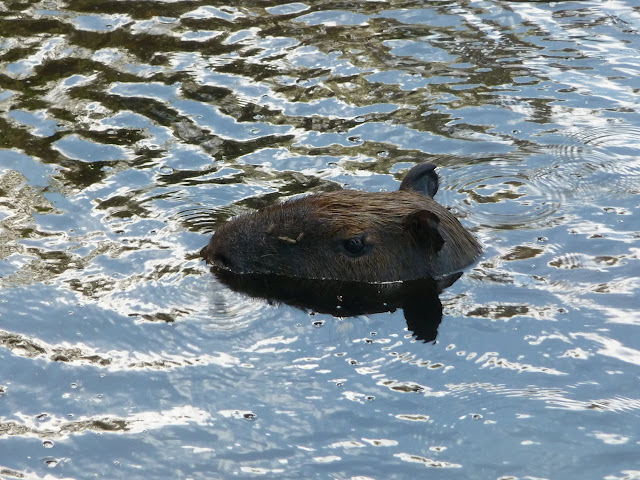 |
| Pantanal, Brazil |
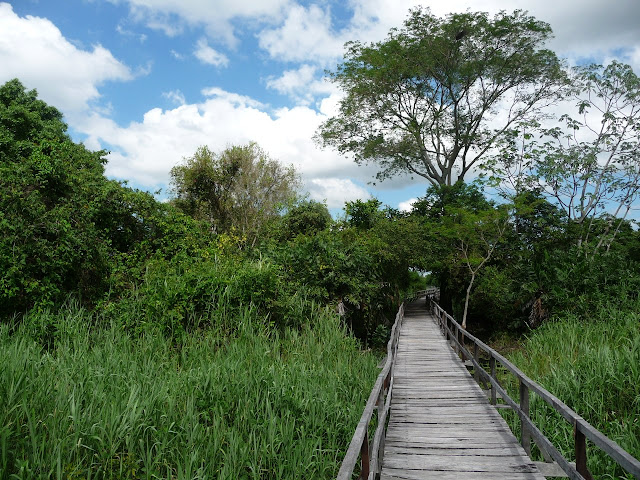 |
| Pantanal, Brazil |
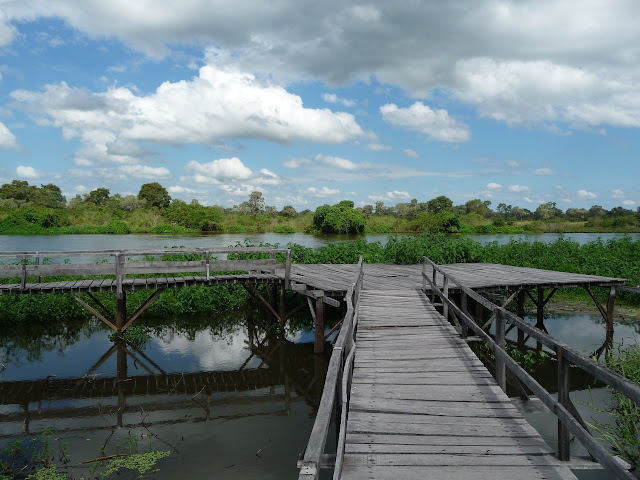 |
| Pantanal, Brazil |
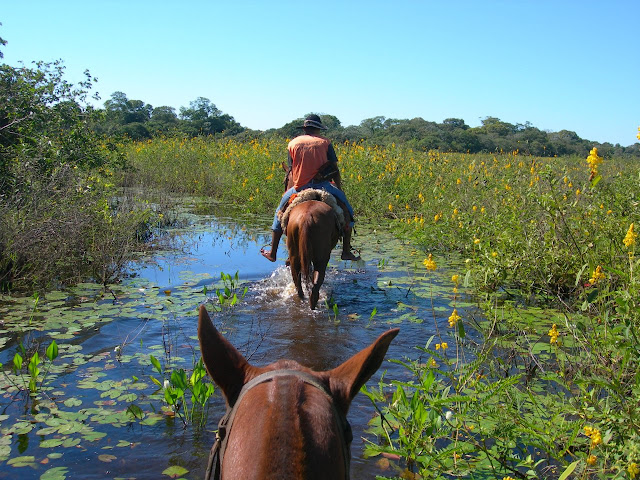 |
| Pantanal, Brazil |
 |
| Pantanal, Brazil |
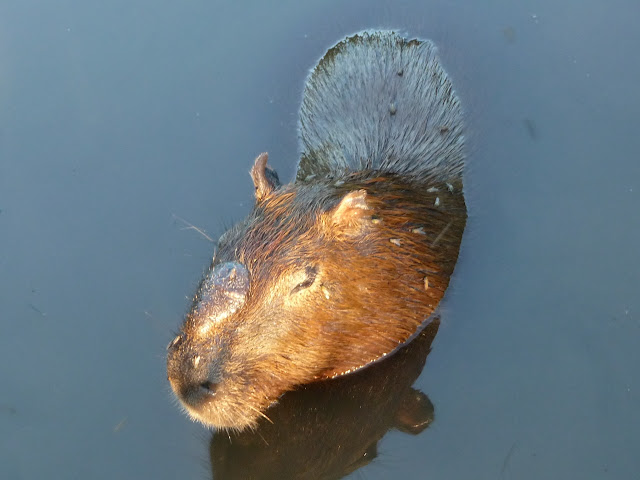 |
| Pantanal, Brazil |
 |
| Pantanal, Brazil |
City Images Source: https://picasaweb.google.com/xavier.muhin/PantanalBrazil



































No comments:
Post a Comment